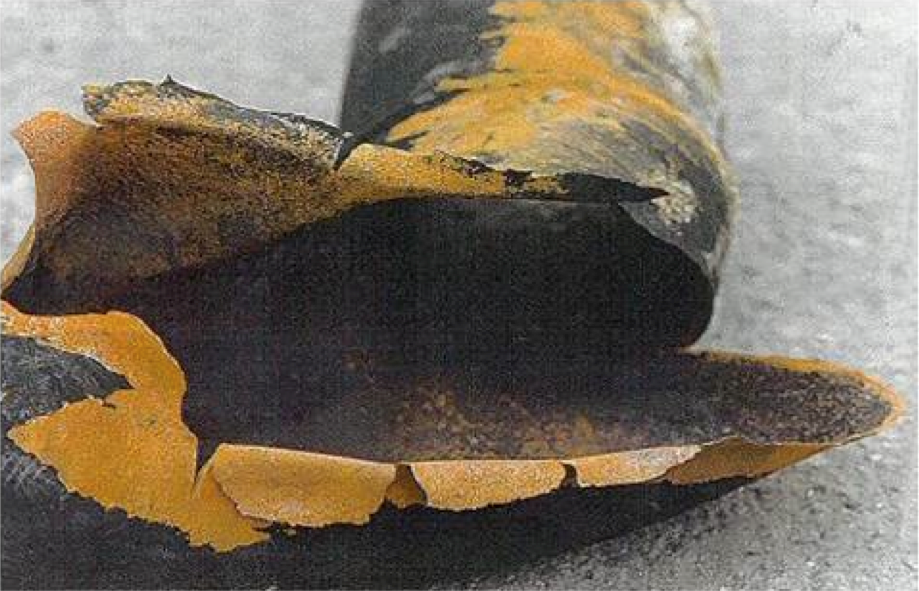| This article is part 1 of a 5-part series. |
| Part 1 | Part 2 | Part 3 |
| Part 4 | Part 5 |
Introduction
Piping failures still represent a frustrating and ongoing problem for processing plants (example in Figure 1).1 Failures are commonly reported and contribute to large losses. As well per the author’s experience, piping still represents the highest percentage of the number of fixed equipment failures in petroleum refining. There are of course many factors within a pressure equipment integrity program (PEIP) that can contribute to piping integrity problems including design issues, operating window compliance, management of change issues, etc.

This article is first in a series of articles that will focus on one critical sub process within a PEIP that is a key program in managing the integrity of process piping; thickness monitoring programs for internal corrosion. These articles will detail a holistic picture of what constitutes an effective piping thickness monitoring process and present some practices that may be new to some readers. They have produced beneficial results in other major piping reliability programs. This first article will provide an overview of this process while later articles will discuss, in more detail, specific elements of the process. Cracking issues and external piping issues (such as corrosion under insulation or external corrosion at pipe supports) are typically managed by other programs than those discussed here and are not covered in this process.

















Comments and Discussion
There are no comments yet.
Add a Comment
Please log in or register to participate in comments and discussions.